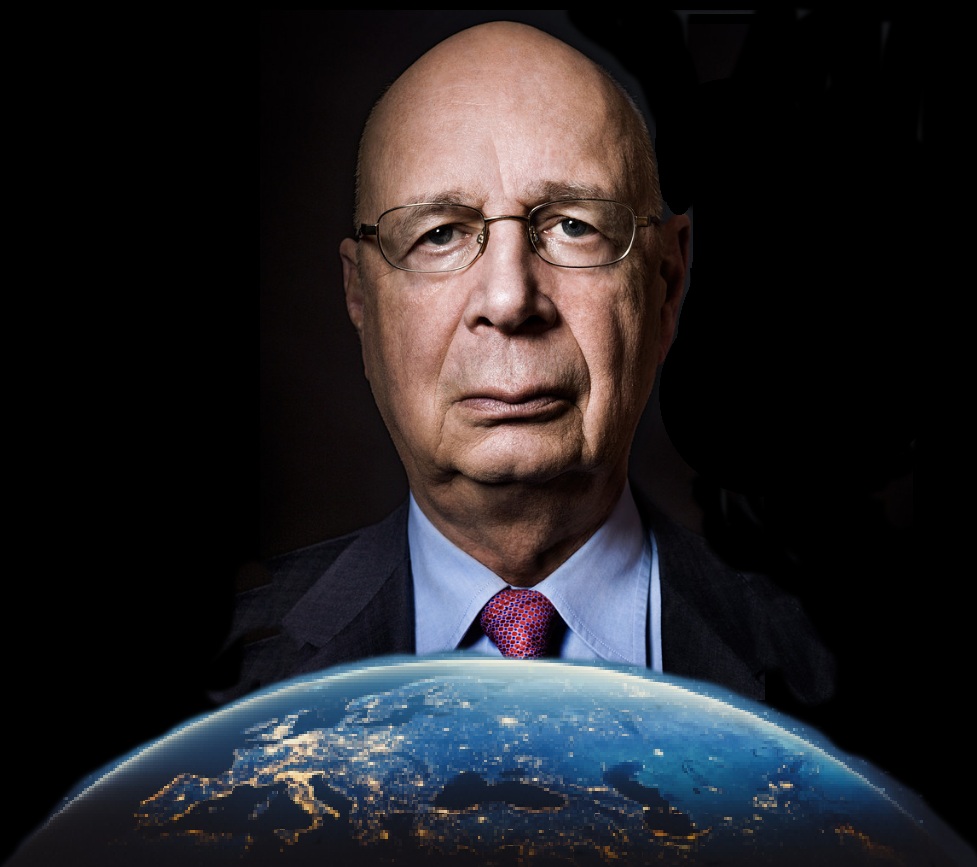QUESTION: Thank you for the explanation about what fractional banking is. It clarifies the real intent and impact of this issue on the economy. Would you please then explain what quantitative easing is? It appears as if this is indeed the creation of money out of thin air.
cs
ANSWER: This is a different animal altogether. The Federal Reserve was created with the power to create an ELASTIC money supply – this is not a power of individual banks. The theory was that when a economic contraction takes place, the Fed should be able to TEMPORARILY increase the money supply. They have the ability to increase the supply of money to offset the contraction, which is the moment where markets seek to reach equilibrium. The LEVERAGED money created by lending allows the economic growth and that accelerates the value of assets. When the recession/depression comes, people sell the assets reversing the leverage in pursuit of cash.
This is the boom and bust cycle and it is the human nature aspect that drives it back and forth. So the theory was that the Fed should have the ability to CREATE MONEY FROM THIN AIR with an ELASTIC money supply. Increasing the money supply would in theory raise that equilibrium point and stop the contraction.
While the theory is logical as its objective, it is still based on a limited old world view of a domestic economy. The Fed used this ELASTIC power to create money by electron book entries buying 30 year bonds. They assumed the holders were domestic so your would thereby increase the local money supply and thus offset the deflationary contraction. This failed to stimulate long-term lending because there was no CONFIDENCE in the future and we still see that liquidity has shrunk.
Consequently, QE1-3 failed to produce inflation because about 40% of the debt was held by foreign sources and that holding has decreased as central banks have diversified into equities. China and others reduced their long-term holdings and flipped to short-term. So the increase in money supply was not confined to the domestic economy. Emerging markets have increased dollar denominated debt by $7 trillion against the Fed increase of $3 trillion.
The contraction in assets was still greater than the increase by the Fed even taking just a domestic view. When we look at the world, it was a drop in the bucket. However, that will flip the other way for interest expenditures will exceed defense by 2020 and with a uptick in interest rates, then you will see inflation.











